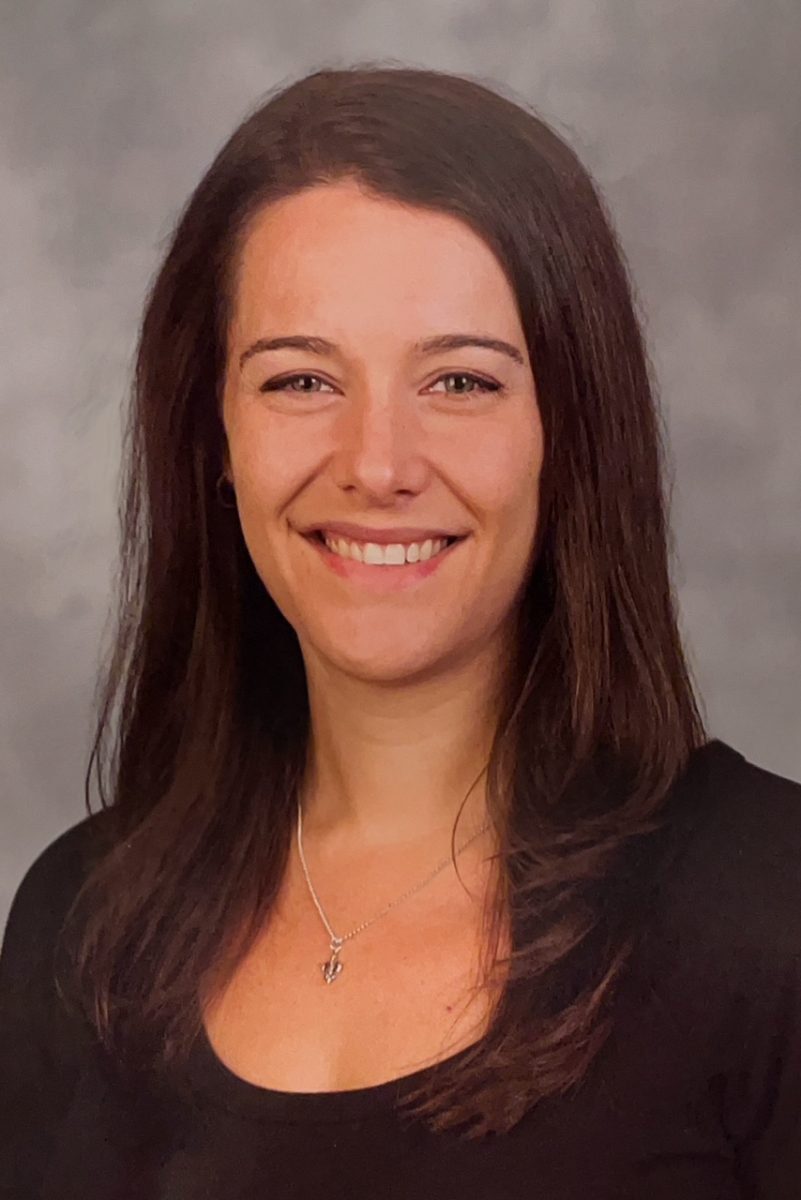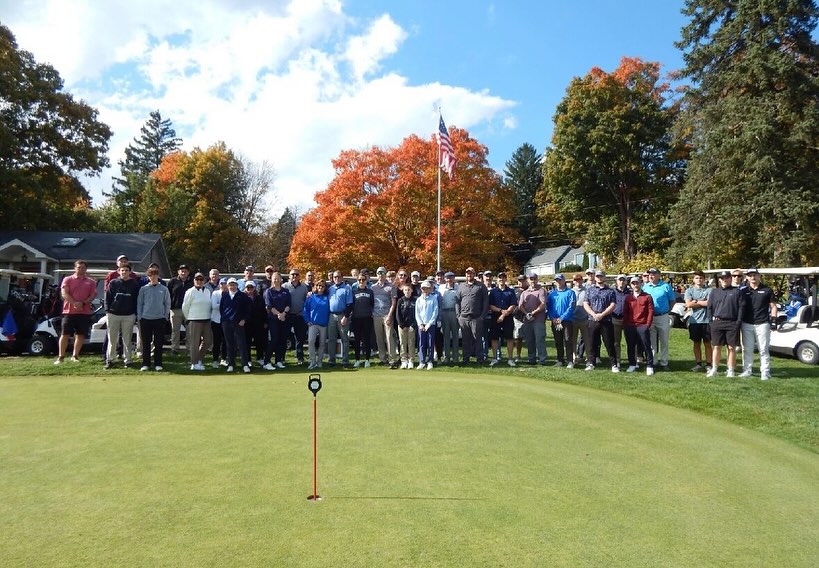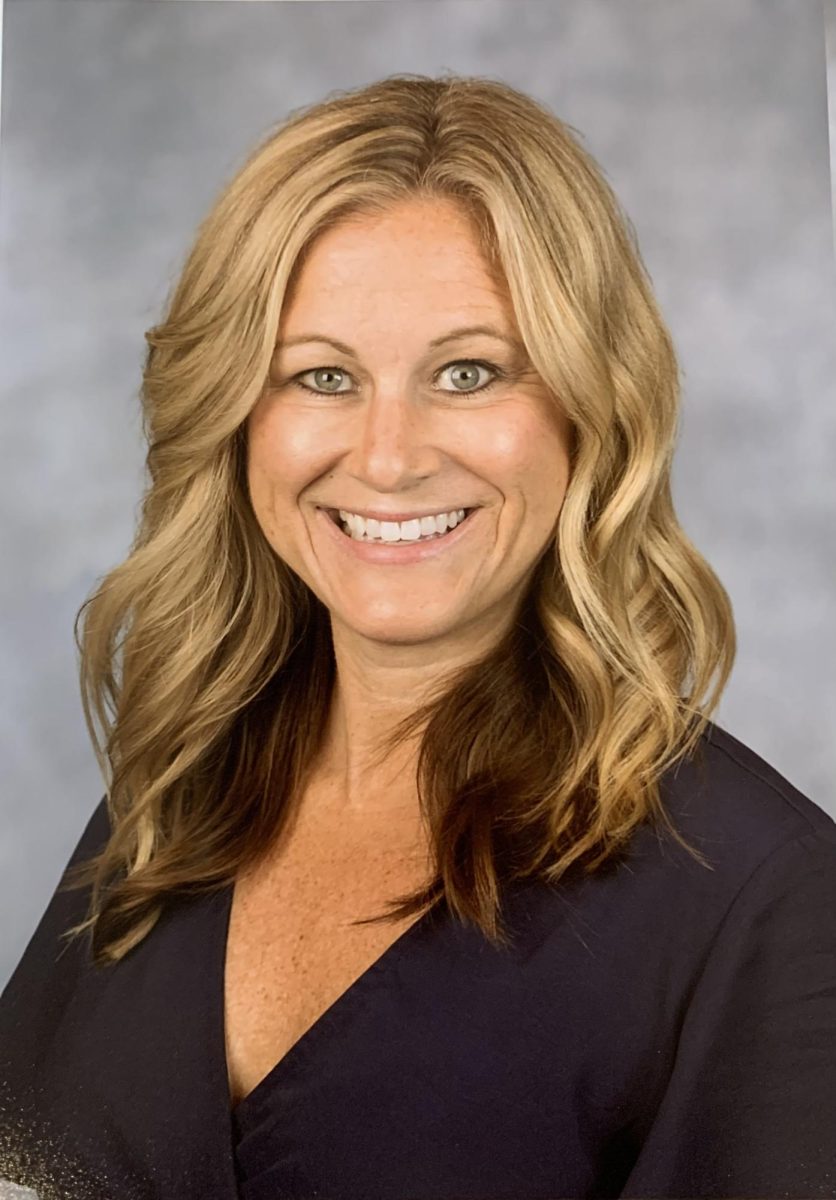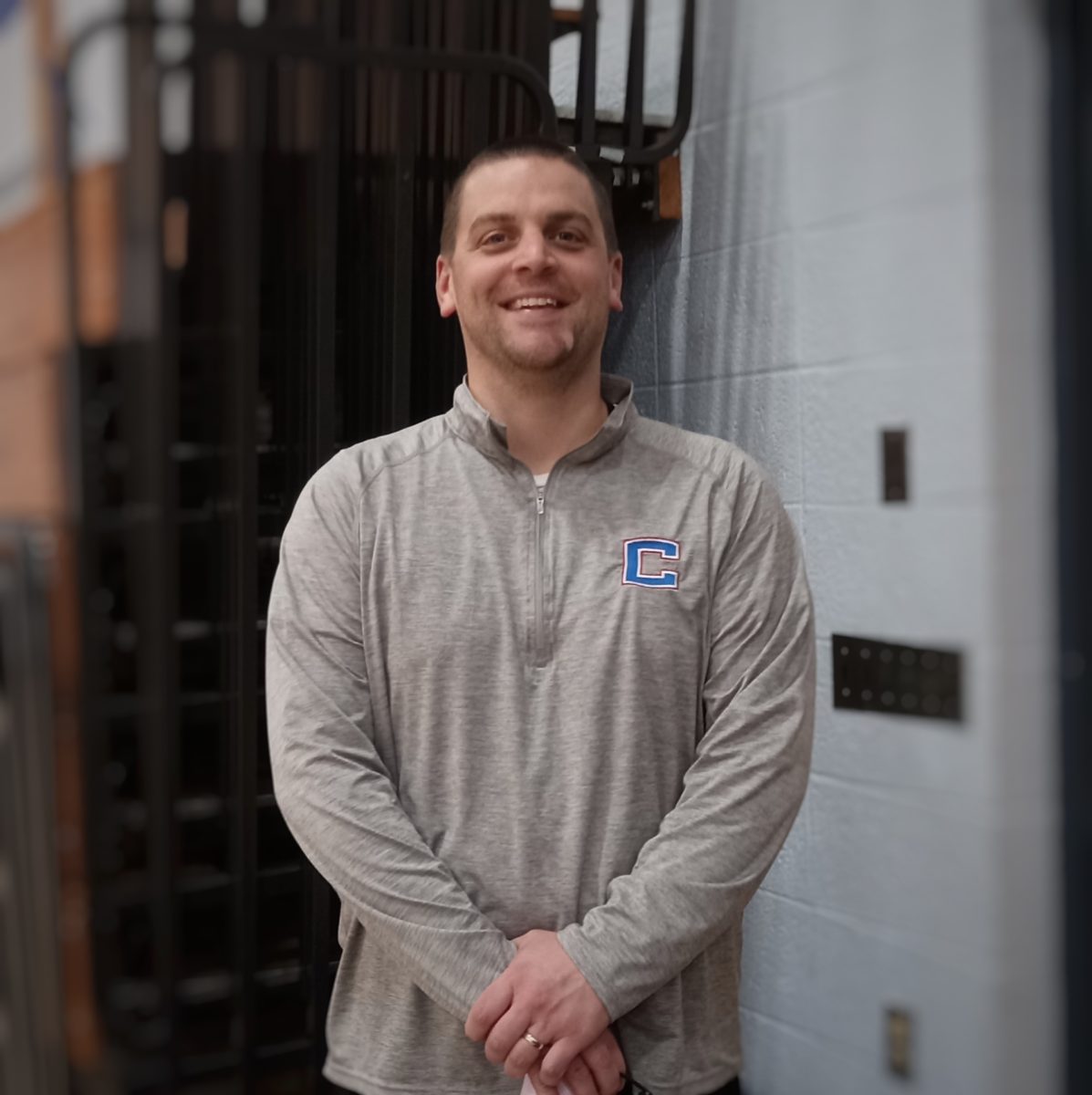What came first, the chicken or the egg? In this case, it’s Kaylie’s Coginchaug Senior Project (CUSP). Senior Kaylie LeMere took advantage of the opportunity, given to graduating seniors, and cleverly constructed an exciting experiment. Kaylie came up with the idea of ex-ovo chick cultures when she “saw a video on Facebook of students in Japan doing this experiment” and decided to take it into her own hands and try it for herself.
During this experiment, Kaylie is attempting to grow a fertilized chicken embryo into a chick, but there’s a catch: she is doing this all while the chicken embryo is out of its usual shell. Instead, the embryo inside the yoke is placed in an artificial vessel, which consists of plastic wrap draped over a styrofoam cup in order to allow flexibility, covered with a clear plastic petri dish in order to see the development. This arrangement is placed in the incubator in Mrs. Siedlecki’s science classroom at CRHS.
Kaylie first received fertilized chicken eggs on Wednesday, Jan. 25, at which time they were put in the fridge until that Friday. It was on the next Monday that the eggs began the incubation process. She slowly started to witness signs of life, but the eggs were roughly three weeks old when they started to die off. As the number of days increased in the development process, the number of developing chickens decreased until there was just one. The lone embryo continued to mature, showing different stages of the growth process.
(Warning: Photos and videos may be disturbing to some viewers)
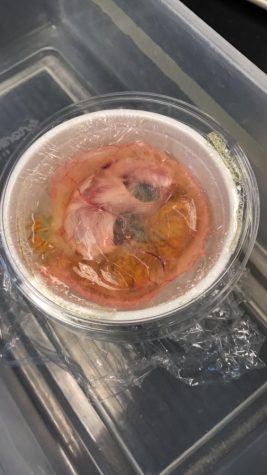
(Video of the last surviving chicken in the first trial)
Eventually the first chicken that was grown in this experiment died on Feb. 16, but that did not stop Kaylie. She preserved the non-living embryos which now can be viewed in Mrs.Siedlecki’s room. Thanks to Paul VanSteenbergen, CRHS custodian, Kaylie was able to receive a new generation of fertilized eggs. Because “Mr. Paul” owns chickens and ducks, he donated chicken eggs such as Banty or Bantam chickens and regular chickens, as well as six duck eggs.
After a couple weeks, she found that not all the eggs were fertilized. Kaylie had to recreate a new trail once again. Kaylie is now growing these new fertilized eggs (chickens as well as ducks) with the same procedure as before. With different types of eggs, the duck eggs, the hope is that these breeds may be stronger and that the experiment will turn out to be a success. Kaylie explains, “The goal is to see if I can do it. It’s such a cool thing, and it’s getting other people involved. The animal behavior class is interested in it as well as teachers throughout the school.” With signs of a heart beat in two of the developing duck embryos, the new trial of the experiment shows potential and will be interesting to follow.
Videos of the developing chickens from the first trial:
The developing ducks Ducks from the 3rd trial:

